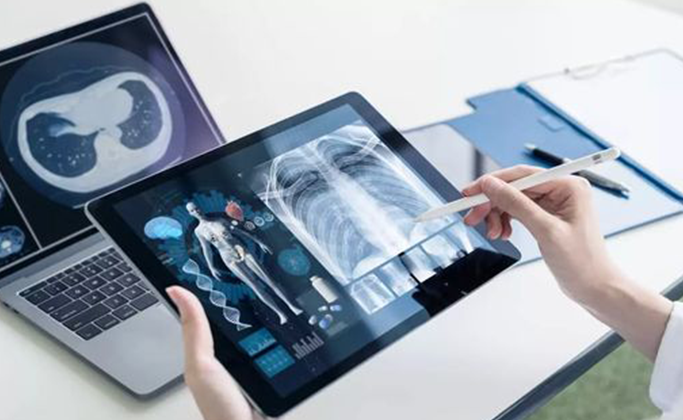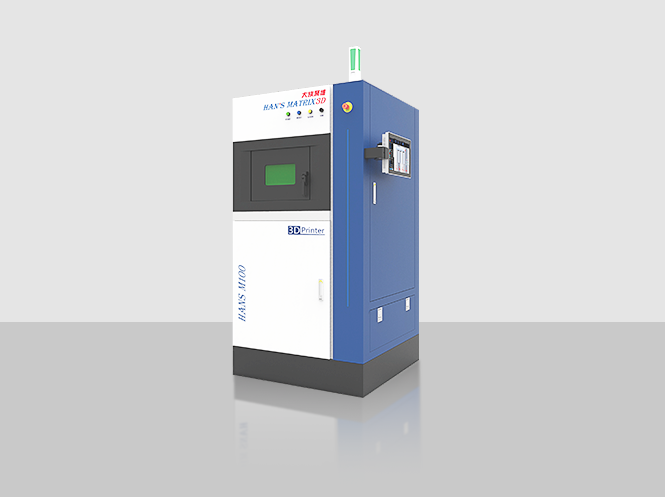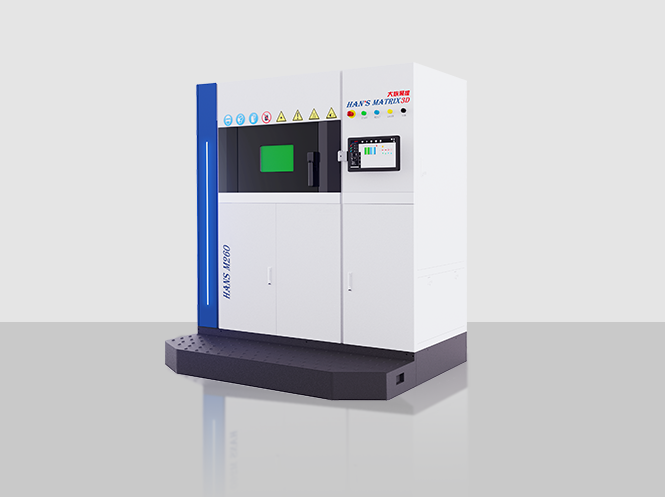3D Printing Equipment enhances surgical precision and patient recovery outcomes by enabling the accurate fabrication of complex, personalized medical devices.
3D printing has demonstrated significant advantages in orthopedic applications, including high-efficiency customization, reduced surgical duration, effective risk mitigation, and enhanced biocompatibility.
The technology utilizes patient-specific scan data to generate precise 3D models, enabling the design and fabrication of customized bone-matching implants. Surgeons can leverage 3D-printed anatomical models for comprehensive preoperative planning and simulation, gaining improved visualization of pathological anatomy to minimize intraoperative complications.
Furthermore, 3D printing facilitates the production of orthopedic implants with biomimetic architectures. These patient-specific prostheses exhibit superior anatomical conformity and functional performance that closely mimic natural bone tissue characteristics.
3D printing technology enables the precise fabrication of temporary, high-precision, and aesthetically pleasing dental crowns and bridges. These prosthetics can effectively replace missing teeth or cover damaged teeth with significantly faster production times.
The integration of digital dental manufacturing with 3D printing technology ensures exceptional accuracy for each dental implant. This advancement not only enhances implant quality but also reduces surgical risks associated with manufacturing discrepancies.
In the dental field, 3D-printed products have dramatically improved both production efficiency and quality of dental implants and other restorations. This technological progress has facilitated the development of mass-customized production while better meeting market demands.
Han′s Matrix3D′s 3D printing technology enables highly personalized design and manufacturing of medical devices tailored to patients' specific conditions, anatomical structures, and therapeutic needs. This capability proves particularly valuable in orthopedic implants, surgical guides, prosthetics, and orthoses, ensuring perfect compatibility with patients' physiology to enhance treatment outcomes and surgical success rates.
The technology offers extensive material options, including metals, ceramics, and polymers, meeting diverse performance requirements for various medical devices. Through precise material deposition and waste reduction, 3D printing significantly lowers production costs, making high-quality medical devices more accessible and affordable.















